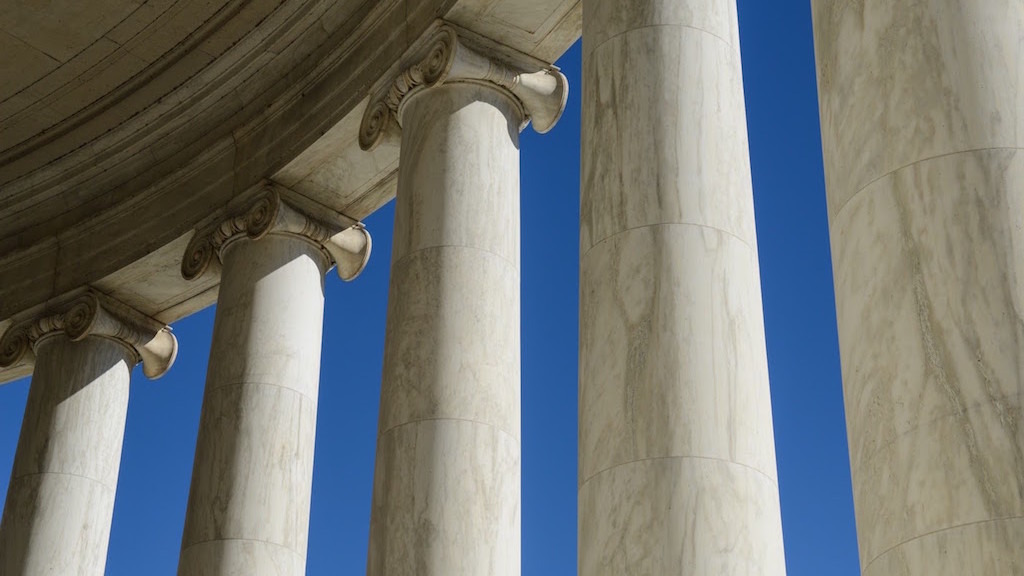Legal and organisational models of Supreme Audit Institutions
Fragile and developing countries are prone to have legal and regulatory frameworks that have developed chaotically over time. Technical assistance to modernise or update legal and regulatory frameworks in such countries can also contribute to incoherent developments. Mostly, this happens when technical assistance is provided without consideration for the legal tradition of the recipient country.
The end results are then legal and regulatory frameworks that are misaligned, drawing on principles and concepts from various traditions with no attention paid to the coherence of the whole framework. This creates ambiguity that can potentially render a whole framework unusable.
Legal and regulatory incoherence can have a significant negative impact on Supreme Audit Institutions (SAI’s). In cases in which the legal framework of the SAI is ambiguous, the set up of the organization can be made up of contradictory features, de jure or de facto. This can cause misalignment and confusion to such a point that it seriously impedes on the effectiveness of the institution.
To avoid ambiguity, it is important to ensure coherence in the development and evolution of legal and regulatory frameworks. This is best achieved by 1) identifying the legal tradition and current legislative trends in the recipient country and then by 2) tailoring reforms.
Identify the country’s legal tradition and legislative trends
The first step is to understand in what legal tradition the legal frameworks of the recipient country are situated. Whether a country’s SAI is modelled after one or the other system is often a matter of historical and legal legacy and in developing countries this is tightly linked to the institutional legacy of former colonial powers.
Three broad categories of Supreme Audit Institutions (SAIs) have been commonly defined. Differences between those categories range from reporting lines to mandates to staff’s skillsets:
- the Judicial, or Napoleonic model,
- the Parliamentarian, or Westminster model, and
- the Board, or Collegiate model.
Exhibit 1: Broad categories features

Beyond identifying models, it is crucial to go into more details to analyse the main levers of a SAI, as outlined in the exhibit below. Whether a SAI is within one or the other organisation model or legal tradition will mostly impact the way its accountability is structured. It also has an impact on whether it is traditionally more compliance oriented or whether it takes a broader view on the efficient and effective use of public resources. For example, SAI that are set up based on a parliamentary model report to parliament and do not have judicial powers. As another example, judiciary models of SAIs tend to have ex-ante controls where Westminster model of SAIs focus on ex-post.
It is important to note that, beyond each model, there exists a wide variety of combinations of a SAI’s levers. In the last decade for example, several SAIs based on the judicial model have decreased their levels of ex-ante controls to focus their resources on high-level risk-based ex-post audits. It is thus critical to understand precisely the set up of the recipient country’s SAI.
Exhibit 2: Refining the analysis along additional dimensions

A second step in the identification stage is to understand whether there is coherence within the legal and regulatory framework of a SAI. There are two dimensions to ‘alignment’. The first one is to understand whether the actual operations, ‘de facto’, is aligned with the legal and regulatory framework, ‘de jure’. A second dimension, is whether there is alignment and coherence within the ‘de jure’, that is within the legal and regulatory framework of the SAI. To evaluate alignment, it is useful to assess whether there is clarity, in the recipient country’s legal and regulatory framework, on each of the levers outlined in the exhibit.
Tailor the reforms to the legal model
In addition to the reform objective, support and assistance to a SAI must take into considerations its specific set up and be tailored accordingly. In other words, the specific set up of a SAI is the starting point.
Legal and regulatory reforms must be focused on achieving coherence within the three main categories of levers: accountability, scope or mandate and operations. For each area, there must be legal and regulatory clarity on the powers and responsibilities of a SAI, as well as the tools that are at its disposition to perform its mandate.
Further support must also be adapted based on the ‘identity’ of the SAI. SAIs that have a judicial mandate, for example, will have specific needs with respect to skillset, more oriented towards legal professions. For SAIs that must publish audit results for the public, there will be need for communication skills in order to make audit results accessible to a larger audience. For SAIs that report to parliament, support can also be provided to the parliamentary committee that has the responsibility to oversee the SAI work and make recommendations.
The examples of tailored support are numerous, but the starting point must be a coherent legal and regulatory framework anchored in the reality of the SAI. Where ambiguity remains, the question becomes: is change worth it? This is likely to depend on the dimensions affected by the lack of clarity. Certain dimensions of a SAI have a higher importance, such as their independence, and if not clearly laid out in the legal and regulatory framework, the risk is to infringe on the integrity of the SAI. Where the integrity or performance of the SAI are suffering from misalignment or lack of coherence, change must be considered.
Magali Van Coppenolle is a senior associate @abyrint


Thank you very much Miss Stina Haerum for such a great explanation. I am searching for some question if you please guide me or email me @ raoasif100@gmail.com the material:
Compare Westminster model with Board model through case study— the audit organization system of the U.S., Germany and the Philippines.